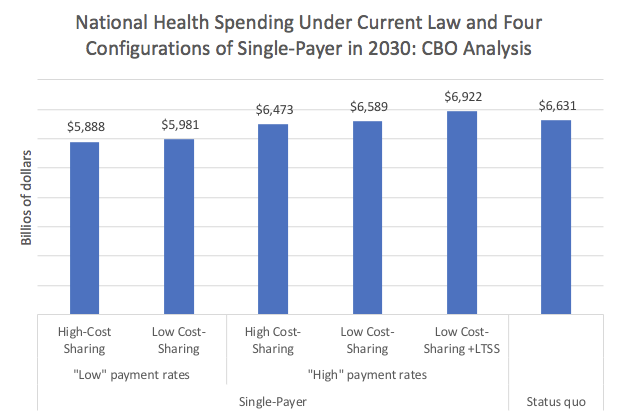
When someone develops fatigue, headache, or diarrhea after the first dose of the Pfizer COVId vaccine, it is more likely than not a “nocebo effect”.
fda.gov/media/144245/d…
fda.gov/media/144245/d…

... reinforcing my borderline-crank belief in the importance of more public health messaging about nocebo and placebo effects I’m general !
*in general
Nocebo effects are common - and appear, for instance, to account for a large portion of people discontinuing statins because of side effects. Which can be really medically deleterious for individuals with strong indications for statins !
I should say that the nocebo effects may even be larger than they appear in the screenshot above if, as seems quite possivle, there is a degree of functional unblinding due to arm pain. Such partial unblinding can lead to what is referred to as “active placebo” effects ...
... not sure if people use the term “active nocebo” but the concept is the same. (For drug trials, the placebo effect of a drug can be augmented if the participants come to believe they received active drug to the development of perceptible side effects).
We gotta talk more about nocebo effects folks!
Journalists are rightly emphasizing that reports of rare “side effects” after Covid vaccines - which no doubt need to be seriously investigated - could (and often will!) represent coincidence. “True, true, and unrelated”, etc.
However, are there any stories noting that even many common, unserious side effects represent nocebo effects?
• • •
Missing some Tweet in this thread? You can try to
force a refresh



